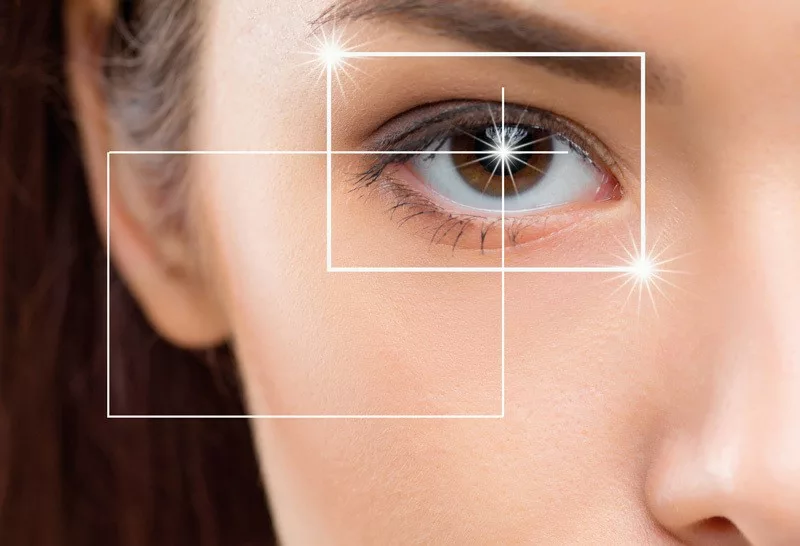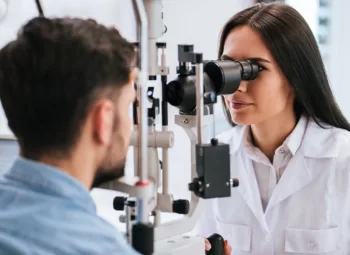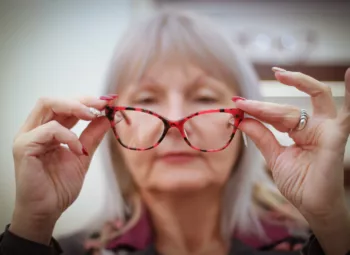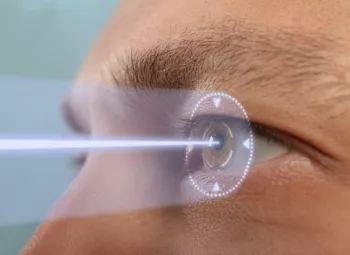
Things You Should Know About LASIK Before Considering Laser Eye Surgery
For many, poor vision is simply a part of everyday life and have no idea how transformational surgery treatment can be until they experience it firsthand. Are you considering a LASIK procedure? Well, you are not alone, hundreds of thousands of people each and every year are seeing clearer thanks to their LASIK treatment. With an outstanding track record and proven results, there has never been a better time to experience LASIK’s life-changing benefits. Read on to learn the most important things you should know about LASIK vision correction.
The Basics of LASIK
In order to see clearly, the cornea and lens of the eye refract and focus light on the retina at the rear of the eye. If light cannot be properly focused onto the retina, the image seen will be blurry or fuzzy. This image distortion is known as refractive error and is typically corrected through the use of contact lenses, eyeglasses, and of course refractive surgery or LASIK to minimize refractive error to improve visual clarity.
Irregularities in the shape of the cornea and lens are the cause of refractive errors. The intent of refractive surgery or LASIK is to permanently alter the shape of the cornea. Correcting the shape restores the light focusing power of the eye by letting light focus accurately on the retina, improving vision.
Symptoms of Refractive Error
- Blurred or Hazy Vision
- Double Vision
- Halos or Glares Around Lights
- Eye Strain
- Headaches
- Squinting
Only an eye care professional may correctly diagnose a refractive error. If you are experiencing any of the above symptoms, a comprehensive eye examination is recommended by a skilled ophthalmologist.
How LASIK Works
A LASIK procedure involves creating a very precise and thin hinged flap on the surface of the cornea exposing underlying corneal tissue. Using an advanced computer-controlled excimer laser, the exposed corneal tissue is then gently reshaped to achieve the desired correction. The corneal flap is then returned to its original position where it re-adheres naturally and heals.
What Types of Refractive Error Does LASIK Treat?
The most common types of refractive error are as follows:
- Hyperopia (farsightedness) – Distant objects are seen more clearly than those that are close up.
- Myopia (nearsightedness) – Objects close up appear more clearly while distant objects will appear blurry.
- Presbyopia – An age-related refractive error where focusing on close up objects becomes problematic. As the lens of the eye ages, it loses its flexibility and can no longer bend easily to allow the eye to focus on close up objects.
- Astigmatism – Often causes difficulty focusing on both near and distant objects as the eye does not evenly focus light onto the retina.
How Safe is a LASIK Procedure?
For over 20 years, LASIK has been a leading-edge and effective surgical procedure for refractive vision correction. NeoVision has been at the forefront of technological LASIK advancements by continually investing in state-of-the-art equipment for the diagnosis and treatment of refractive errors. It is our belief that only the best equipment can achieve the best possible outcomes. Take a virtual tour of the different technologies we use HERE.
Still, like any surgery, success requires more than advanced technology – the experience and expertise of a highly trained surgeon. Dr. Shobha Tandon, NeoVision’s medical director, is a respected and skilled Ophthalmologist and LASIK surgeon. With over two decades of ophthalmological experience, Dr. Tandon is an expert LASIK surgeon and has performed thousands of successful surgeries carrying a 99% LASIK satisfaction rate.
Advanced technology and expert skill are what makes a LASIK procedure so safe. The anatomy of your eyes and your visual acuity are measured with microscopic precision to ensure the treatment addresses your own unique requirements. However, not everyone will be able to receive LASIK and your surgeon will perform comprehensive eye examinations to make certain LASIK will be suitable for your needs and suggest alternative treatments if you are not an ideal candidate.
What Can I Expect From a LASIK Procedure?
A LASIK procedure is a relatively quick and simple procedure for patients. Most patients note little or no discomfort during surgery, experience improved vision in the first 24 hours following surgery, and are able to return to regular activity the following day.
With a success rate of more than 95%, most patients achieve 20/20 and 20/40 vision following their LASIK procedure. In some cases, patients with a high degree of refractive error must continue to wear eyeglasses or contact lenses but their level of visual acuity is much higher than it was prior to their LASIK procedure. For an elective surgery, the success rate of LASIK is incredibly high with high standards for safety as well.
Read about NeoVision’s LASIK successes HERE and find out why our patients love us!
Learn All You Need to Know about LASIK at NeoVision in Union City
Your vision is priceless. For those living every day with poor vision, LASIK can change your life. Before you decide to undergo surgery, it’s crucial to know even the smallest details about LASIK laser eye surgery. We combine technology, experience, and safety along with an emphasis on patient care to bring you the best possible vision. To learn more about our advanced LASIK treatment, please call or contact us online to schedule your comprehensive consultation. You may not realize what you are missing until you experience it first-hand.





